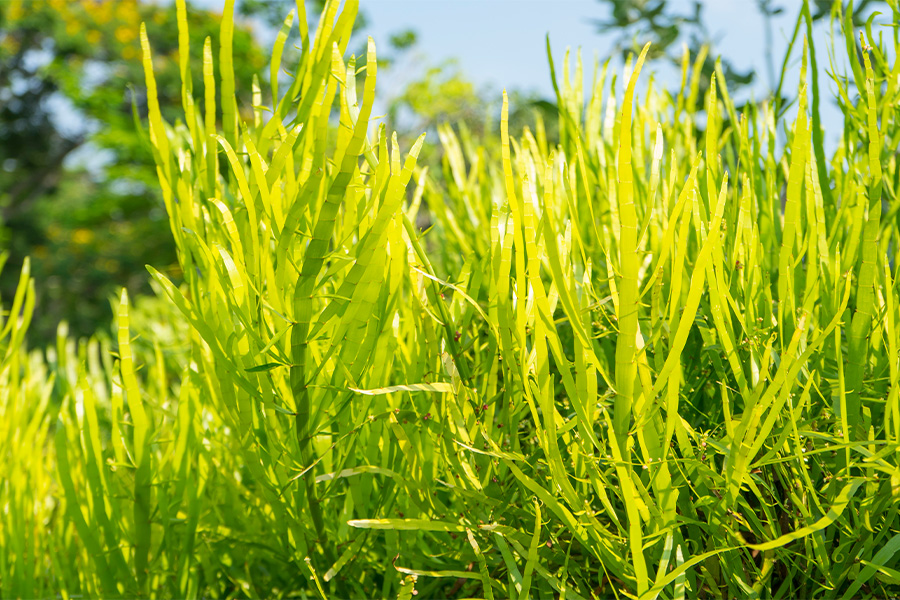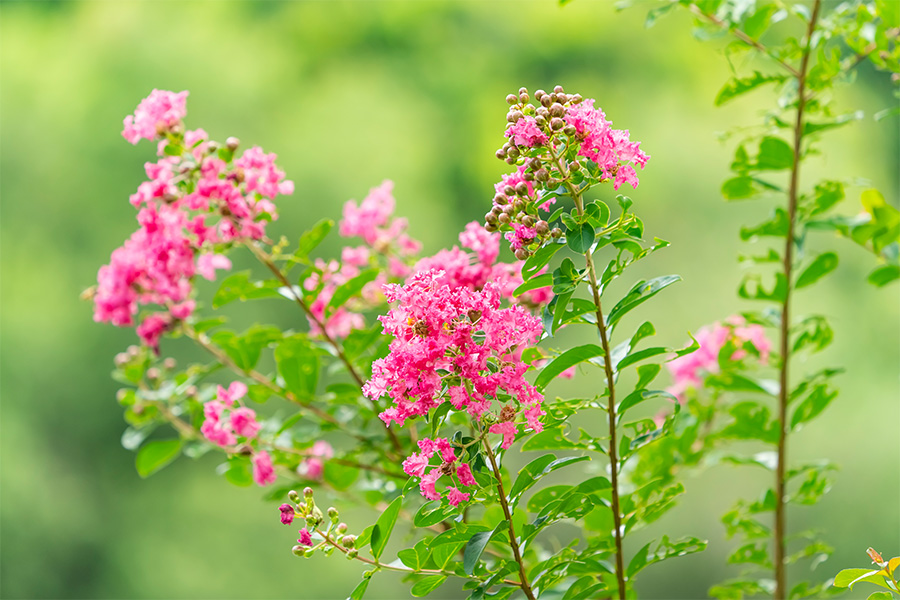Plant Pathology
-

C 1003
Centipedegrass Decline
Centipedegrass is ideal for the homeowner who wants a lawn that needs little care. It can be established by either seed or vegetative parts and does not require much fertilizer. Compared to other lawn grasses, it is moderately resistant to insects and diseases. Although centipedegrass is a relatively low maintenance grass, proper management is still required.
Clint Waltz and Alfredo Martinez
|
-

Dollar spot is an ever-present turfgrass disease that affects all warm and cool season grasses in the state of Georgia. The publication contains important information on the biology of the causal agent, detail description of the disease symptoms (aided by high quality-detailed pictures), relevant up-to-date information on conditions favoring the disease, as well as cultural, genetic and chemical methods of control. The publication is intended for turfgrass professionals, consultants, county faculty, homeowners and general public.
Alfredo Martinez, Elizabeth L. Little, Kim Toal, and Brian Vermeer
|
-

In the state of Georgia, gray leaf spot primarily affects St. Augustinegrass and is particularly chronic and damaging in the coastal area of the state. This publication contains important information on the biology of the causal agent, detailed descriptions and photos of the disease symptoms, information on conditions favoring the disease, as well as cultural, genetic, and chemical methods of control. The publication is intended for turfgrass professionals, consultants, county faculty, homeowners, and the general public.
Jake Price, Elizabeth L. Little, Alfredo Martinez, and Donald M. Gardner
|
-

Mancha dólar es una enfermedad omnipresent en cespedes de clima calido y frio en el estado de Georgia. La publicacion contiene informacion importante en la biologia del gente causal, descripcion detallada de los sintomas de la enfermedad (con fotografias de alta definicion), informacion relevante y reciente en las condiciones que favorecen la enfermedad, asi como los metodos de control cultural, genetico y quimico. Esta publicacion es dirigida a profesionales, consultores, agentes de extension y publico en general.
Alfredo Martinez
|
-

Wheat leaf rust, caused by the fungus Puccinia triticina (formerly known as Puccinia recondita f. sp. tritici), is often a destructive foliar disease of wheat in the state of Georgia. Rust fungi in wheat are highly specialized pathogens with narrow host ranges. This circular provides information on symptoms and control of leaf rust for wheat growers in Georgia.
James W. Buck, Jeremy Kichler, Alfredo Martinez, and John D. Youmans
|
-

Fusarium Head Blight (FHB), also called scab, is a devastating disease that is emerging in Georgia wheat fields. This publication contains important information on the biology of the causal agent, and conditions that favor the disease, detailed descriptions of the diseases symptoms, and the latest information on cultural, genetic, and chemical methods of control. The intended audience is producers, professionals, consultants, county faculty and the general public.
W. (Rome) Jerome Ethredge, James W. Buck, Alfredo Martinez, Brian Vermeer, and John D. Youmans
|
-

Rhizoctonia large patch is the most common and severe warm season grass disease in Georgia and the United States as a whole. This publication contains important information on the biology of the causal agent; detailed descriptions of disease symptoms aided by high quality-detailed pictures; relevant, up-to-date information on conditions favoring the disease; and the cultural, genetic, and chemical methods of control. The content is intended for turfgrass
professionals, consultants, county faculty, homeowners and general public.Elizabeth L. Little, Alfredo Martinez, and Timothy Daly
|
-

La mancha larga causada por Rhizoctonia es una de las enfermedades mas comunes y severas de cespedes de clima calido en georgia y en los Estados Unidos. La publicacion contiene informacion importante en la biologia del gente causal, descripcion detallada de los sintomas de la enfermedad (con fotografias de alta definicion), informacion relevante y reciente en las condiciones que favorecen la enfermedad, asi como los metodos de control cultural, genetico y quimico. Esta publicacion es dirigida a profesionales, consultores, agentes de extension y publico en general.
Alfredo Martinez
|
-

C 944
Crape Myrtle Culture
Crape myrtle is one of the most useful flowering shrubs/trees grown in Georgia. It provides abundant summer color with a minimum of maintenance.
Bodie V. Pennisi and Jean Williams-Woodward
|